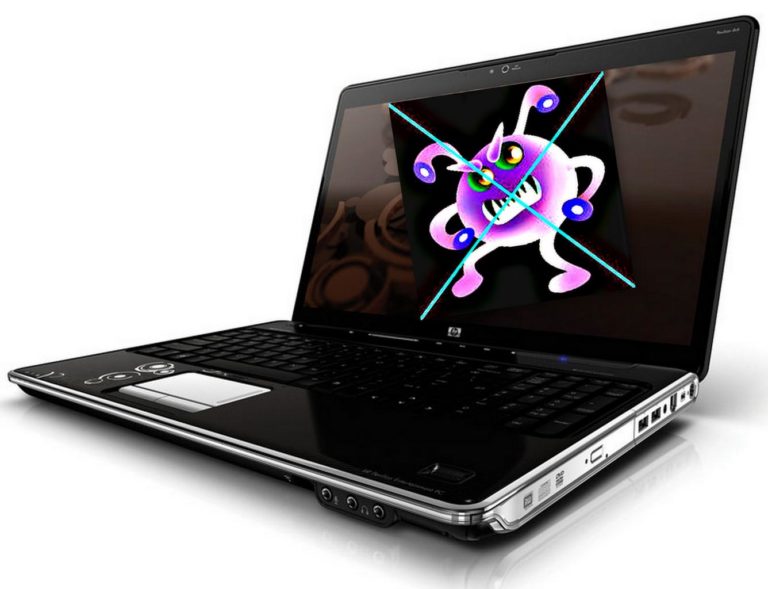
At Rasha Consulting a common call we get is from people who have recently been infected with malware, virus, or junkware. It is important to note – If you are experiencing issues with malware, viruses or junkware, we highly recommend you contact us so we can assist you with removal and proactive monitoring to prevent issues like this in the future. For the purpose of this post, I am going to try to point you in the right direction with detecting and removal.
First, it is important that we start with explaining a few tools:
CCCleaner – This is a great free tool that assists in the removal of programs that are invasive and are known to cause issues. CCCleaner will do all the work in removing the applications safely and any registry entries, etc. that may exist.
TDSSKiller – This tool, which is made by Kaspersky is used to scan for rootkits and malicious software. This tool can be a bit tricky because it can from time to time provide false positives. It is critical that you do not use the tool to remove anything that you do not recognize. If you have questions, we encourage you to reach out to us for assistance.
ADW Cleaner – This tool is made by Malwarebytes and is one of my favorite tools to use to remove adware, junkware and toolbar pop ups, etc.
Malwarebytes – This tool is amazing for removing malware and malicious tools that have embedded themselves into your computer. The free version also includes a 14-day trial to conduct a deeper scan of the system, which you may or may not use depending on your situation.
Avast Virus Protection – This tool is a free antivirus program that can be installed and left on the computer. It will do a through scan of the computer and alert you of any viruses that are detected. It is free of charge but it does have a paid version if you wish to purchase it.
These tools are all free of charge and can be downloaded from our Digital Download Center. It is also important to note – if you are connected to a company network you should seek our assistance. Computers connected to a network can spread malicious software across the network, ultimately affecting other systems on the network.
